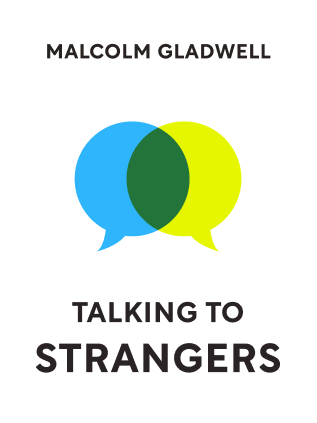

This article is an excerpt from the Shortform book guide to "Talking to Strangers" by Malcolm Gladwell. Shortform has the world's best summaries and analyses of books you should be reading.
Like this article? Sign up for a free trial here .
Do people make the same facial expressions in different cultures? More importantly, do they mean the same thing?
We’ll cover one study that indicates that facial expressions in different cultures do not indicate the same feelings. Learn why you can never make assumptions about how people feel based on their faces, especially people from different cultural backgrounds.
Experiment: Facial Expressions in Different Cultures
Psychologist Carlos Crivelli spent years testing the limits of human transparency—he wanted to find out if facial expressions in different cultures were the same and if people from entirely different cultures evolved to express the same emotions in the same ways. So in 2013, he teamed up with anthropologist Sergio Jarillo to conduct a social experiment in the remote Trobriands Islands.
Crivelli and Jarillo chose the Trobriands Islands because:
- The population is incredibly small and isolated. Only 40,000 people live on the archipelago, all of whom are removed from the 21st- century lifestyle. Crivelli and Jarillo were confident that any patterns of human behavior that were consistent in places like Madrid and the Trobriands could confidently be called universal behaviors.
- The Trobrianders have a rich and expressive language. They didn’t shy away from questions about nuances and emotional truths. This made them good subjects for a social experiment regarding human expression.
The experiment went like this:
- Crivelli and Jarillo showed school children in Madrid six photos of a person. Each photo conveyed a different expression: Happy, sad, scared, angry, disgusted, and neutral.
- The children were asked to identify which picture went with which emotion.
- Crivelli and Jarillo then went to the Trobriands Islands and showed the same photos to the people there. They asked the islanders to identify which picture went with which emotion.
- Crivelli and Jarillo examined the results of both groups to compare and contrast the difference of expression across the two groups.
The Results–Are Facial Expressions in Different Cultures the Same?
- 100% of the Spanish school children accurately identified the photo with a happy expression, but only 58% of the Trobrianders identified the same photo as happy. (And the happy photo was the one that got the most similar results between the two groups.)
- The photo of what the Spanish children recognized as stereotypical fear was registered by the Trobrianders as a threatening expression.
- The photo that was meant to represent anger (with hard eyes, wrinkled brow, and tight lips) was completely confusing to the Trobrianders. 20% called it a happy face, 20% thought it was an expression of disgust, and 17% called it a sad face. In comparison, 91% of Spanish children correctly identified the photo as angry.
Clearly, the residents of the Trobriands Islands have an entirely different way of expressing familiar emotions than young children in Madrid. In other words, every human might experience the same emotions inwardly, but the way that emotion is expressed outwardly is very different from culture to culture. Are facial expressions in different cultures the same? The expression may be the same, but it doesn’t necessarily convey the same emotion.
If someone from the Trobriands Islands was to encounter a child from Madrid, the assumption of transparency would make it very difficult for the two strangers to understand one another.
In The Expression of the Emotions in Man and Animals by Charles Darwin, Darwin argues that it is beneficial to human survival that people are able to quickly and accurately communicate emotions to one another. This would indicate that facial expressions in different cultures mean the same thing.
The ability to smile, frown, and wrinkle the nose in disgust are some examples of how the human face evolved as a tool to represent internal feelings. This will probably strike you as a relatively obvious principle. After all, children everywhere naturally smile when they’re happy and frown when they’re sad, and that helps them get what they need to survive. So it seems reasonable to assume transparency and that facial expressions in different cultures show the same emotions.
But you should be careful not to assume that every stranger you come across will be transparent. That assumption requires everyone you meet to express themselves in the same predictable ways. That’s not the case.

———End of Preview———
Like what you just read? Read the rest of the world's best book summary and analysis of Malcolm Gladwell's "Talking to Strangers" at Shortform .
Here's what you'll find in our full Talking to Strangers summary :
- Why we don't understand strangers
- How to talk to strangers in a cautious way so you don't get fooled
- How Hitler deceived so many world leaders






